5 Causes of Uneven Floors
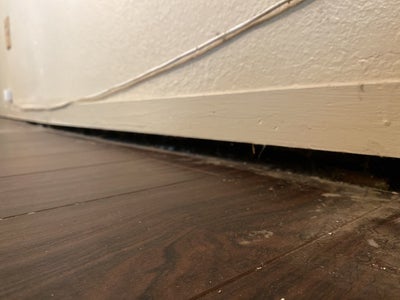
It’s annoying but inevitable that homes develop structural problems over time. Uneven floors are one possibility, but they often indicate a more significant issue: foundation damage.
Ignoring uneven floors is dangerous. If you notice sloping or uneven floors in your home, it’s important to understand the causes and how Groundworks can help you fix them.
1. Foundation Settlement
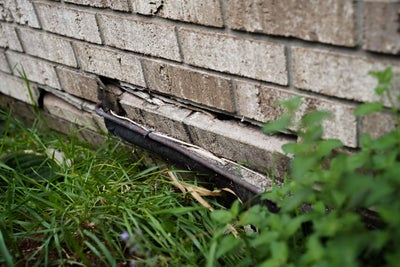
Every home settles after it’s built. This means the ground and materials shift slightly due to their placement and the passage of time.
Often, settling can cause walls or floors to become uneven. In some cases, the entire house might settle unevenly, making things worse. Unfortunately, you can’t control how your home settles.
2. Excess Water
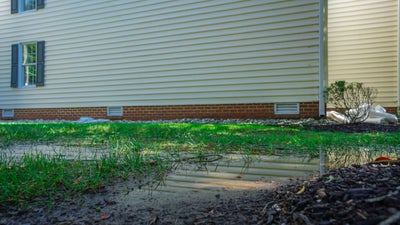
Another common reason for uneven floors is excess water under or near your home’s foundation. Even small amounts of moisture can have big effects.
Water is essential for life, but not so much for structures like your home. Over time, exposure to moisture can warp materials and weaken their internal structure. If water freezes, it expands and can break the materials around it.
The best way to avoid these issues is to waterproof your home both inside and out. This helps keep your home dry and prevents damage from excess moisture.
3. Worn-Out Materials
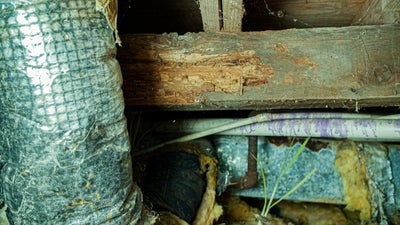
Building materials don’t last forever. Even the best materials will wear out eventually, especially in older homes. This can lead to uneven floors.
Floor joists and subfloor beams (especially those in crawl spaces) are vulnerable to wood rot and pest damage. They also bear significant pressure, holding much of the structure together.
If you notice sloping floors, check for moisture damage and general wear and tear. A professional can help you replace or reinforce these materials if needed.
4. Ground Shifting

As mentioned earlier, the ground under every building will settle over time. However, sometimes the soil can shift significantly, causing foundation movement.
This usually happens when the soil isn’t properly compacted during construction or due to natural erosion. In some cases, large areas of soil can shift, creating significant gaps.
This process doesn’t happen overnight. Early signs, such as uneven floors, can help you catch the problem early and prevent further damage to your home’s structure.
5. Foundation Cracks
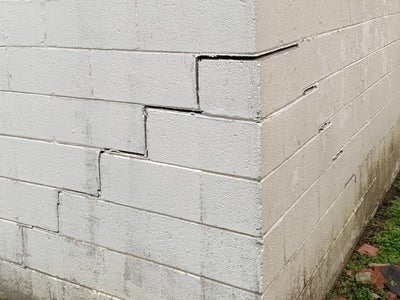
The most serious cause of uneven floors is foundation settling, which can lead to cracks and breaks and affect many areas of your home.
Even small cracks can cause uneven flooring. With harder flooring materials like tile or wood, pieces may begin to pop up or become dislodged.
How to Fix Uneven Floors
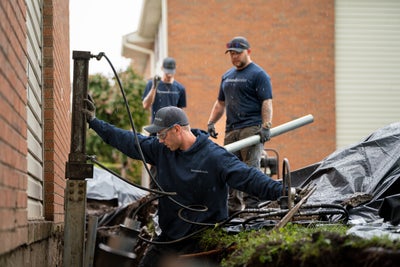
Taking care of your home can be challenging! Paying attention to problem signs, like uneven floors, can help you maintain your home.
When you notice an issue, call Groundworks to assess the situation, create a repair plan, and handle the work. We use foundation piers to fix and prevent uneven floors.
Depending on your home’s needs, different types of foundation piers might be required:
- Slab Piers: Ideal for homes with concrete slab foundations, these piers are installed directly under the slab to provide support.
- Push Piers or Helical Piers: Suitable for most homes, these piers anchor your foundation to stable soil layers deep below the surface.
Contact Groundworks for Expert Foundation Repair Solutions

If you see uneven floors in your home, addressing the underlying problems is crucial. Groundworks will assess your home and recommend customized foundation repair solutions. Contact us today for a free inspection and keep your home safe for years to come.
Uneven Floors FAQs
Yes, uneven floors are a safety hazard as they increase the risk of trips and falls, especially for children and the elderly.
The cost to repair uneven floors varies widely based on the cause and severity of the issue. Minor repairs may cost a few hundred dollars, while major foundation work can run into the thousands. Getting a professional estimate is the best way to understand the potential costs.
It’s a good idea to have your foundation inspected every few years, or more frequently if you notice issues like uneven floors, cracks in walls, or sticking doors and windows. Regular inspections can catch problems early before they become more serious.